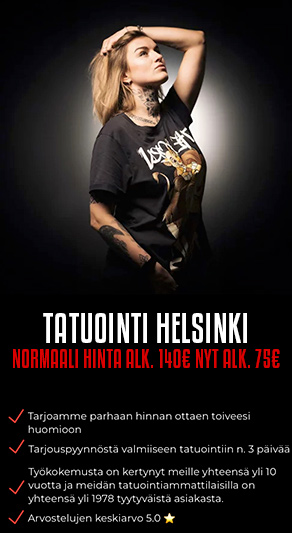Filming and effects
In December 2006, Cameron explained that the delay in producing the film since the 1990s had been to wait until the technology necessary to create his project was advanced enough. The director planned to create photo-realistic computer-generated characters by using motion capture animation technology, on which he had been doing work for the past 14 months. Unlike previous performance capture systems, where the digital environment is added after the actors' motions have been captured, Cameron's new virtual camera allows him to observe directly on a monitor how the actors' virtual counterparts interact with the movie's digital world in real time and adjust and direct the scenes just as if shooting live action; "It’s like a big, powerful game engine. If I want to fly through space, or change my perspective, I can. I can turn the whole scene into a living miniature and go through it on a 50 to 1 scale." Cameron planned to continue developing the special effects for Avatar, which he hoped would be released in summer 2009. He also gave fellow directors Steven Spielberg and Peter Jackson a chance to test the new technology. Spielberg and George Lucas were also able to visit the set to watch Cameron direct with the equipment.
Other technological innovations include a performance-capture stage, called The Volume, which is six times larger than previously used and an improved method of capturing facial expressions. The tool is a small individually made skull cap with a tiny camera attached to it, located in front of the actors' face which collects information about their facial expressions and eyes, which is then transmitted to the computers. This way, Cameron intends to transfer about 95% of the actors' performances to their digital counterparts. Besides a real time virtual world, the team is also experimenting with a way of letting computer generated characters interact with real actors on a real, live-action set while shooting live action.
In January 2007, Fox announced that the studio's Avatar would be filmed in 3D at 24 frames per second. Cameron described the film as a hybrid with a full live-action shoot in combination with computer-generated characters and live environments. "Ideally at the end of the day the audience has no idea which they’re looking at," Cameron said. The director indicated that he had already worked four months on nonprincipal scenes for the film. Principal photography began in April 2007, and was done around parts of Los Angeles as well as New Zealand. The live action is shot with the proprietary Fusion digital 3-D camera system developed by Cameron and Vince Pace. According to Cameron, the film will be composed of 60% computer-generated elements and 40% live action, as well as traditional miniatures. The performance-capture photography would last 31 days at the Hughes Aircraft stage in Playa Vista, Los Angeles, California. In October, Cameron was scheduled to shoot live-action in New Zealand for another 31 days.
To create the human mining colony on Pandora, production designers visited the Noble Clyde Boudreaux drilling rig in the Gulf of Mexico during June 2007. They photographed, measured and filmed every aspect of the rig, which will be replicated on-screen with photorealistic CGI. Around 1000 people worked on the production.
lähde





